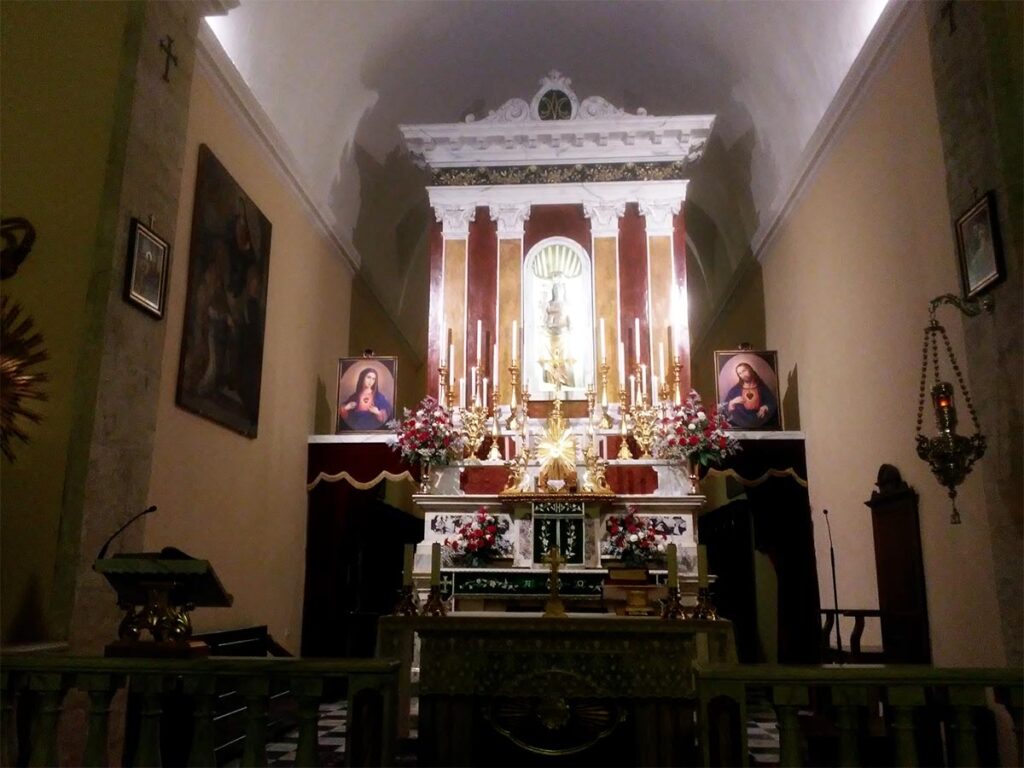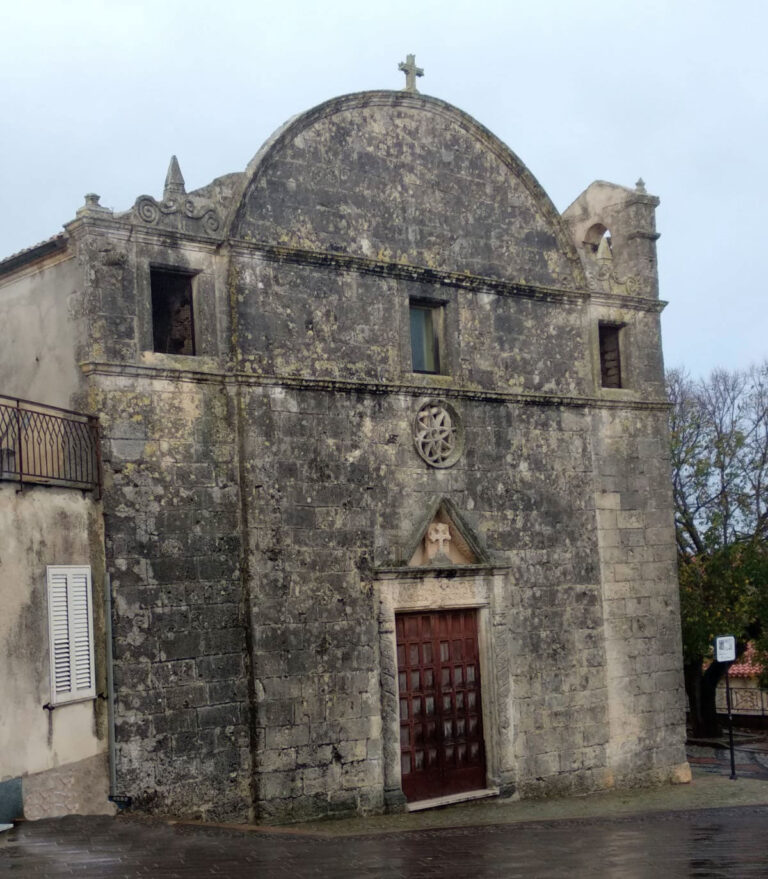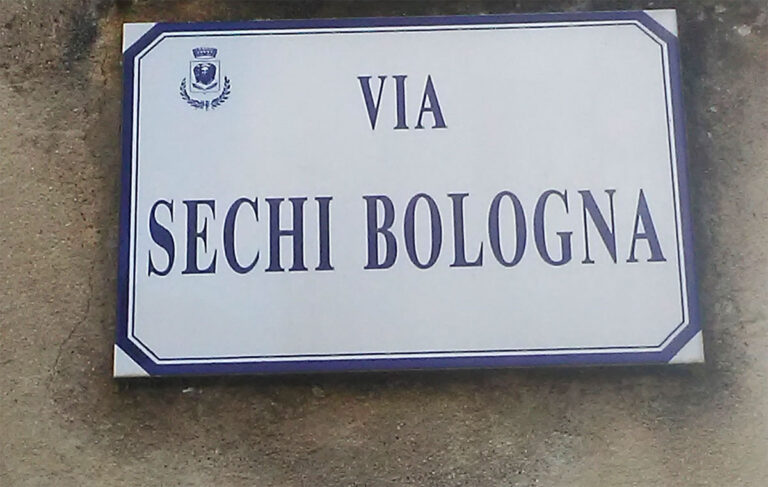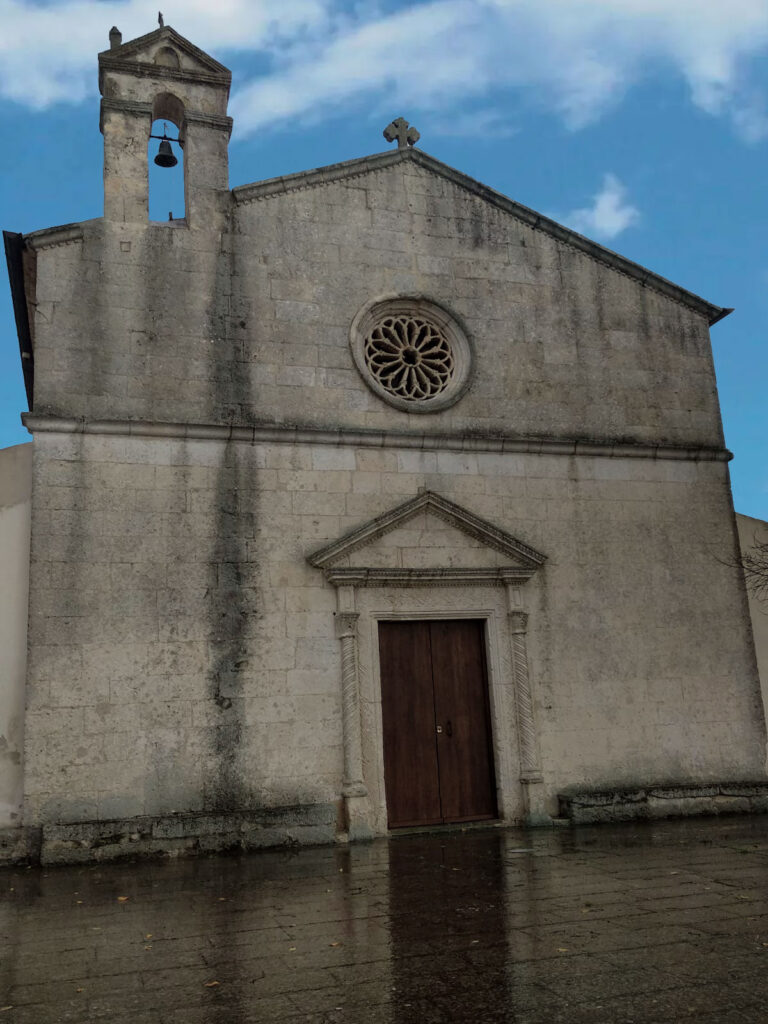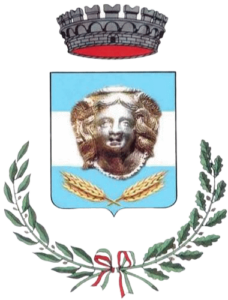
Florinas
The settlement has been inhabited since antiquity, and its grounds have produced a great deal of monumental evidence and archaeological discoveries, including the Domus de Janas, the Tombs of the Giants, and more than thirty nuraghi from the middle of the 19th and the beginning of the 20th centuries. Clay objects, the remains of onerary amphorae, and other artefacts from the Classical period have been discovered in the large expanse, which is intersected by road axes that go north and south of the island.
The toponym derives from the Latin term Figulina, indicating the presence of a thriving craft industry in the area. The location’s name dates back to the Middle Ages and refers to the homonymous Curators of the Judgeship of Torres, a thriving neighbourhood that was home to numerous monastic orders.
The rural church of Saint Leonardo, a tiny Romanesque structure also known as the “chiesa dei Giunchi,” bears witness to the remnants of this distant past. It has been reconstructed over the years and is currently abandoned. It went from the Malaspinas to Serafino di Montañas in the late Middle Ages, and then to various feudal families, including the Aymerichs, who remained the owners of Florinas until the 1840s.
Angioyan Heroes
Il 17 settembre 1796 numerosi seguaci di Angioy tentarono di riconquistare la città di Sassari e liberare i tanti sostenitori della rivolta ancora prigionieri. Tra gli artefici della mancata invasione vanno ricordati i fratelli florinesi Paolo e Giovanni Marellas, che pagheranno il loro coraggio con la tortura e la condanna alla galera per 10 anni.
The parish church
There are no remnants of the old mediaeval structure. The parish church of the Assumption experienced substantial renovations in modern times, notably as the rebuilding of the main façade, completed in 1630 in local limestone with an architraved doorway and capitals ornamented with stylised acanthus leaves. Side chapels interconnect through vaulted arches in the single-nave interior, and wooden altars of local craftsmanship adorn the interior.
The Holy Cross Church
In the 17th century, the Florinas Confraternity of the Oration and Death commissioned local workmen to build this modest building; an inscription above a side door to the building carries the year 1691 as the completion date.
The church’s entrance is framed by two pillars that are carved in bas-relief with winding vine shoots and capped by Renaissance-style capitals, while the architrave is carved with hylomorphic patterns featuring a little angel’s head in the centre. The high altar is a 17th-century wooden altarpiece with Gorini panels. The church is still the scene for the powerful Holy Week festivities.
Baccio Gorini
Several paintings attributed to Baccio Gorini, a Tuscan painter who arrived in the Kingdom of Sardinia in the first half of the 17th century, have recently been relocated to the parish church.
As an outstanding and sought-after artist, he got multiple requests for the creation of several works, both at Capo di Sopra and by Florinas’ ‘obreres’. He was notable for the tenderness of his sketching and the deft use of colour. Among his works are the St. Hubert’s Vision, the Crucifixion, and Christ with Veronica. Some records claim that he married in Florinas and died in the same area in 1628.
Gavino Sechi Bologna
Theology at Work for the Sardinian Revolution
Sechi Bologna, like his associated figures Francesco Muroni and Francesco Sanna Corda, belonged to that group of revolutionary theologians who stuck with Angioy through thick and thin, profoundly regretting their decision.
As 65-year-old theological graduate of the University of Sassari, Seche Bologna was struck by the revolutionary fervour that sought to topple the feudal system when Logudoro was struck. By enlisting numerous Florinians to lead them to the attack and supplying the besiegers with wine and bread for refreshment, he significantly contributed to the fall of the last bastion of feudalism in the city of Sassari. He actively engaged in the leadership of the Alter nos in Logudoro’s capital, bringing his revolutionary views to light.
He made an effort to march Angioy to Cagliari, certain that the French intention to attack the island was imminent. He was greeted in Florinas, where a large crowd had gathered in the parish church, including individuals from nearby towns, to which the Alter nos expressed his programme in Italian, while Sechi Bologna and Francesco Muroni translated into Sardinian for the people who had assembled to hear him.
Fearing for his life, Sechi Bologna did not return to Florinas after the French aid proved baseless during the peace of Cherasco, causing the Angioyans to retreat. He was accused of being one of the Angioy conspiracy’s leaders and was consequently charged with the murder of three men. Taken against his will from the Minorite convent at Sassari, where he had sought refuge, he was carried to Castelsardo on 22 August 1798, at the age of 68, escorted by 25 dragoons. Following a letter to the viceroy pleading for mercy, the viceroy began steps to liberate him, only to be denied by civil and ecclesiastical authorities. In the years that followed, he continued to make his case to the viceroy, lamenting his poverty and yearning to return to Florinas. His track was lost after a string of negative responses.
The Saint Francis Church
In the 17th century, a prosperous farmer from the Florinas village desired to construct a church dedicated to St Francis. The festival, one of the most popular in the region, was held at harvest season, and the residents took part in huge numbers, giving the event tremendous significance. According to historical archives, 16 clergymen participated in the mid-18th century, and massive dinners were planned.
The Rosary Oratory
In the past, oratories had a secondary duty to the larger churches, and this one in Florinas, known as Chesjghedda, was apparently established in the 17th century by a local Confraternity.
It is located at the top of a gorgeous stairway and has classical and harmonious shapes.
Funtanedda
A violent wind blew through Florinas on December 27, 1850: at daybreak near Funtanedda, 28-year-old Giovanni Tolu attacked the priest Giovanni Masala Pittui, whom he blamed for his inexplicable physical pains and the end of his marriage to the young Maria Francesca, who had recently become pregnant. The vicissitudes of one of Sardinia’s most renowned bandits begin here, which is also very significant of Sardinian literary history.
Bibliography
Piero Atzori, Sassari, il Carmine e gli angioyani, Lecce, 2021
Wally Paris, Arte a Florinas, Cargeghe, 2006
https://bit.ly/3FmZgPD
https://bit.ly/402Kzur
Texts
A. Nasone, S. A. Tedde
Photo
S. Merella, S. A. Tedde
Thanks
City of Florinas, dott. Salvatore Merella

